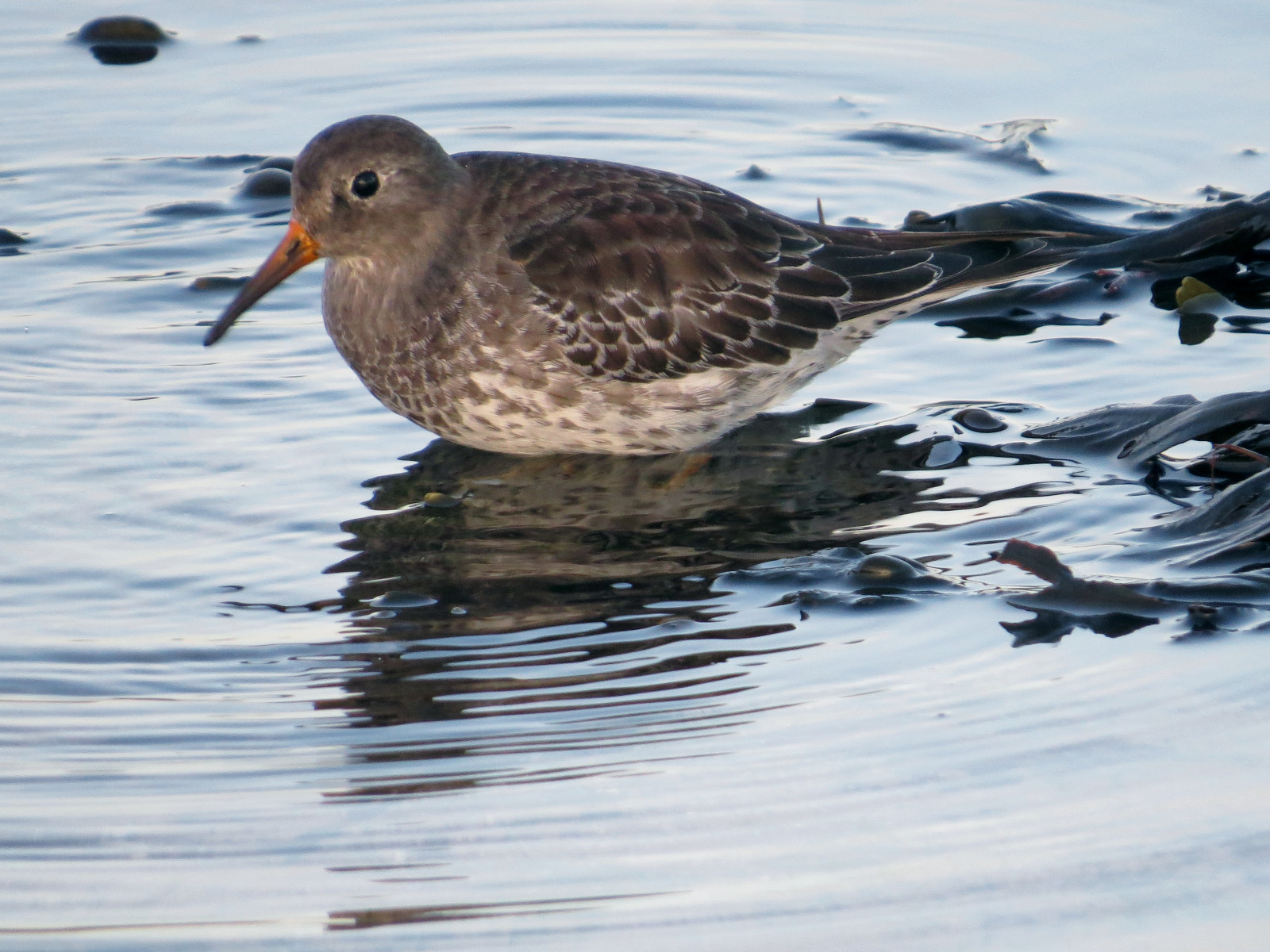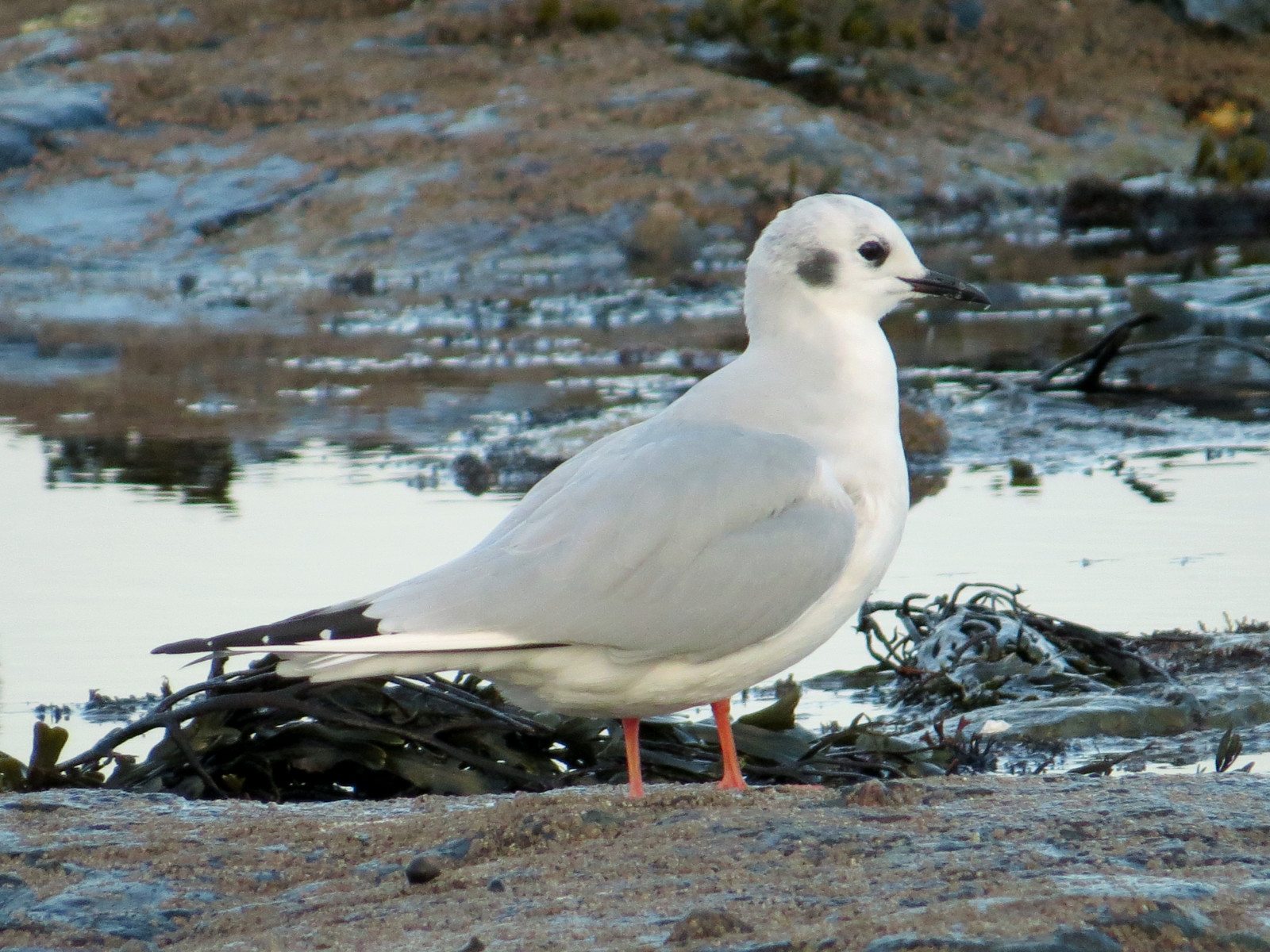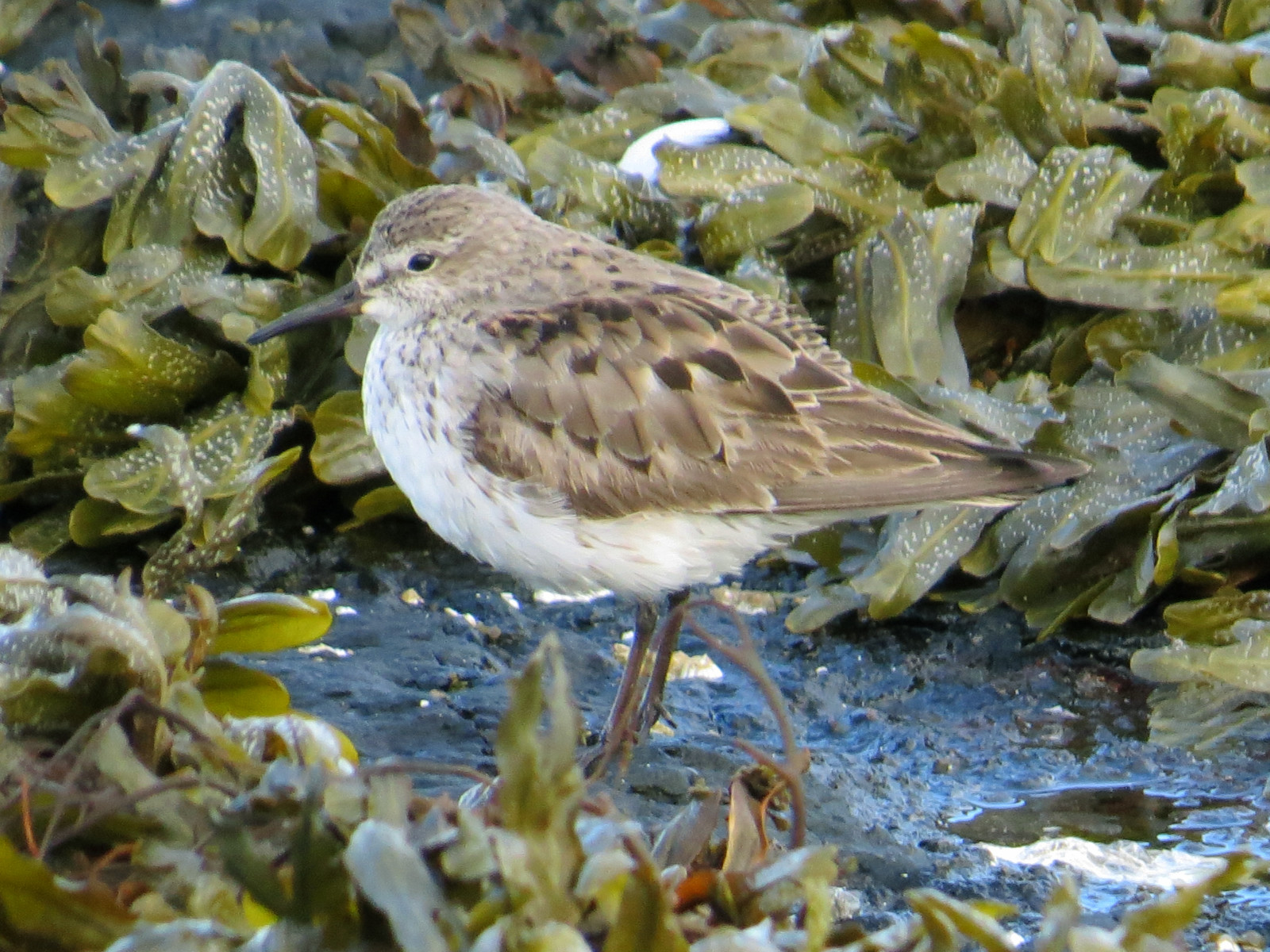Descrizione
In Bamburgh wintering waders and sea ducks are a speciality, best seen from Stag Rocks, a low rocky promontory 1 km northwest of the village. Regular sightings include Orchetto marino, Orco marino, Moretta codona, Strolaga maggiore, and Svasso cornuto. A large flock of Piovanello violetto is also regular there, and single vagrant Orchetto marino americano and Gabbiano di Bonaparte have been returning visitors in late autumn and winter for the last 12 years (the Gabbiano di Bonaparte has returned for its 12th season in October 2024). Sea-watching is also excellent, for ducks, gulls and divers in particular. Another 2 km further on is the tidal Budle Bay, attracting wintering waders and wildfowl. In winter the fields surrounding Budle Bay attract wildfowl, especially Oca zamperosee, Oca facciabianca, and Cigno selvatico. Raptors and owls are seen regularly.
Dettagli
Accesso
Main car parking at east end of village, with smaller parking available off lane west, towards Bamburgh Golf Club. Parking for Budle Bay is at Waren Mill, on the B1342. Bamburgh is accessible by bus - services X18 (Newcastle to Berwick, via a coastal route) and 418 (Alnwick to Belford). Nearest rail station is at Berwick, 20km north, from where it is possible to cycle, but advisable to avoid using the A1 trunk road.
When using the coastal public footpath north from Stag Rocks, beware of golf balls; keep an eye out for golfers and respect their play.
Terreno e habitat
Alberi e cespugli sparsi , Prateria/pascolo , Mare , Dune , Spiaggia , VelmeCaratteristiche dell’area
Terreno piano , Paesaggio aperto , Acqua alta possibile , Sabbioso , RocciosoPercorso ad anello
NoÈ utile un cannocchiale?
SiBuona stagione per il BW
Tutto l'annoMiglior periodo per visitare
Inverno , Migrazione primaverile , AutunnoPercorso
Sentiero stretto , Sentiero ampio , Strada asfaltata , Strada sterrataGrado di difficoltà del percorso a piedi
Difficoltà mediaModalità di accesso
Bicicletta , Macchina , A piediCapanno/torretta di osservazione
NoInformazioni aggiuntive
The name Stag Rocks derives from a white painting of a stag on the rocks just above the high water mark, southeast of the lighthouse.



